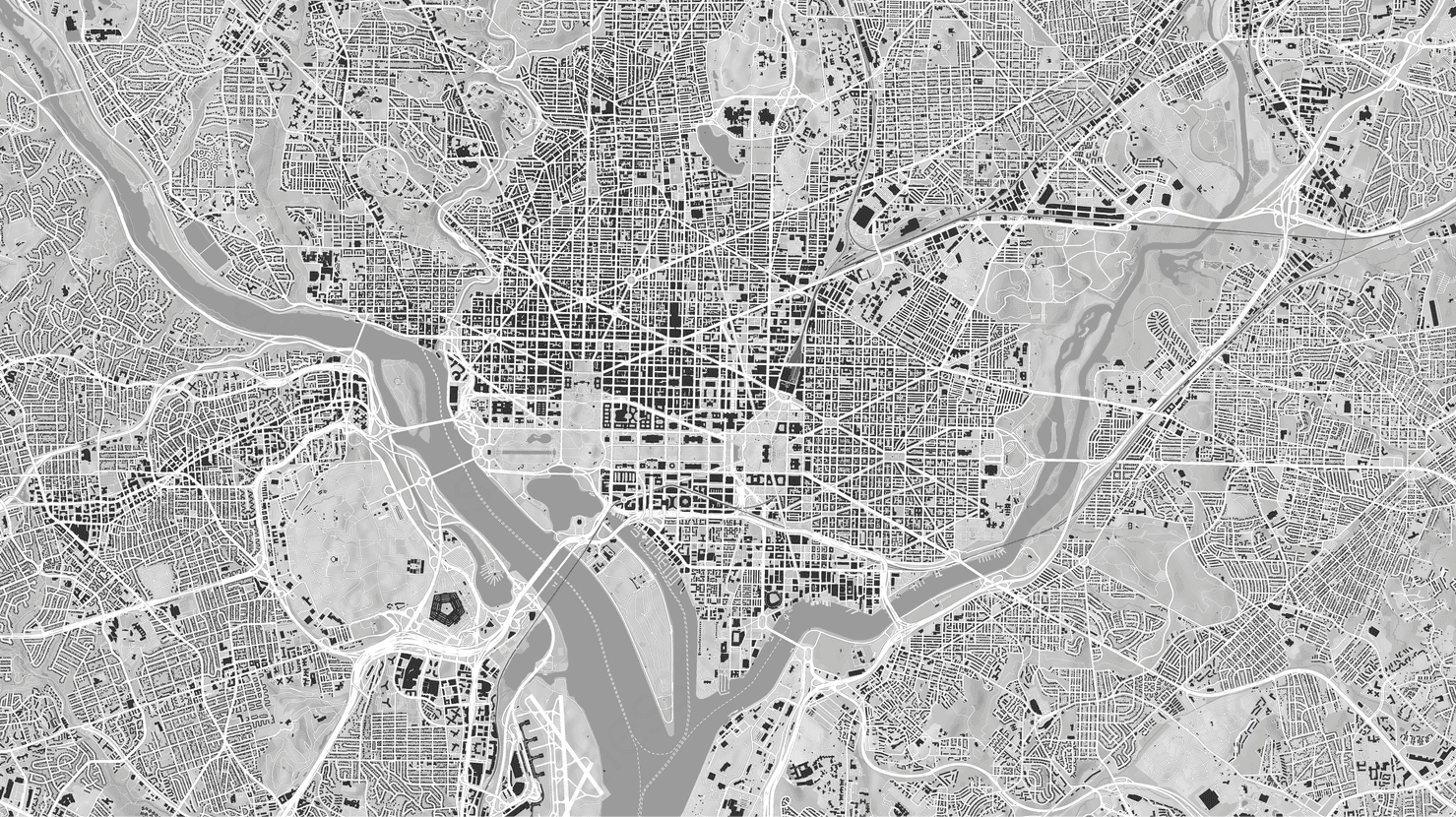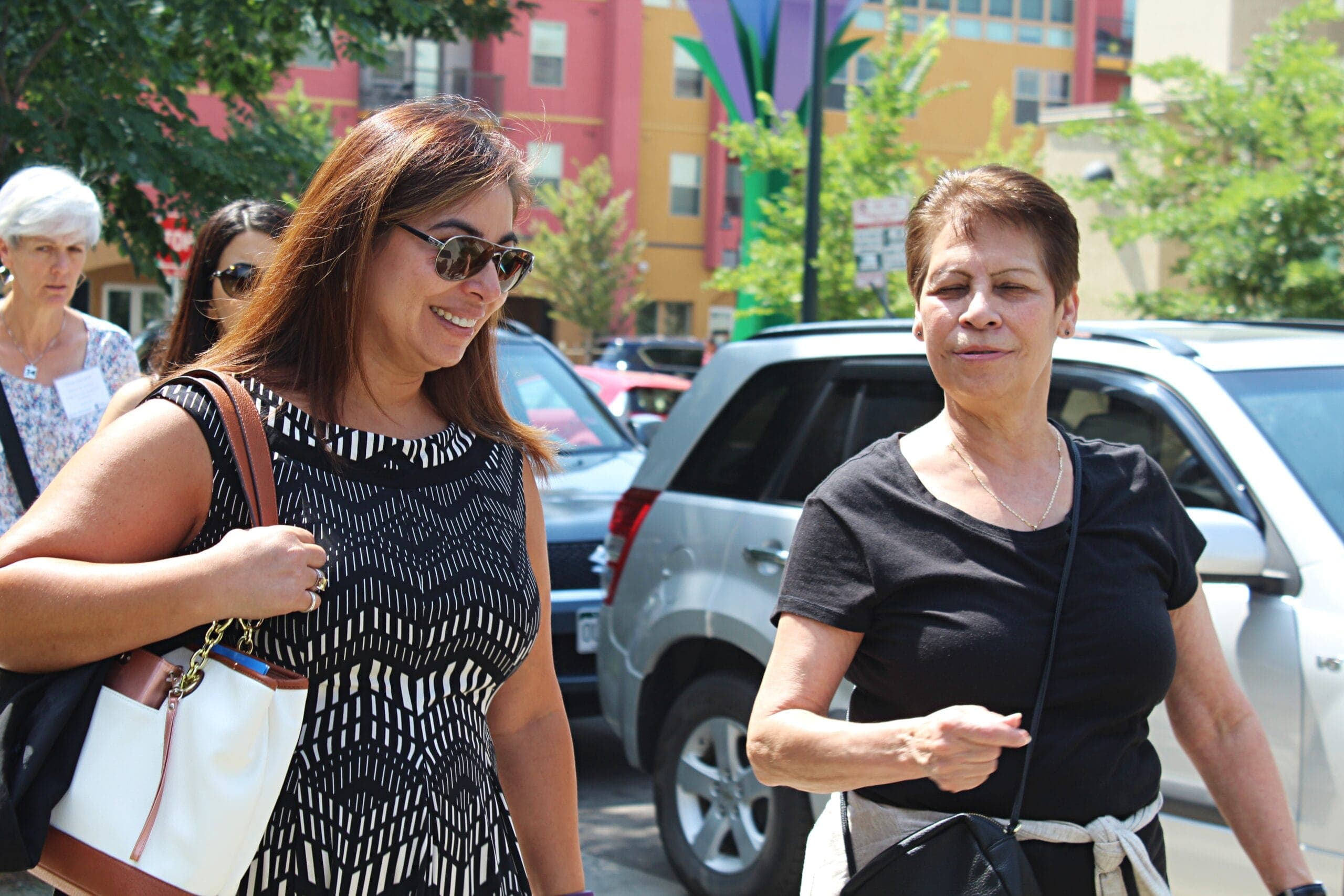
Program
Center for Zoning Solutions
The Center for Zoning Solutions is our home for the zoning reform movement. We share research and reports, lead federal advocacy efforts, and support communities across the country to tackle barriers to smart growth and advance policies to encourage mixed-use development and diverse housing options.

Direct community support
- Providing technical assistance to local and state governments and community-based organizations to develop and implement zoning solutions that improve the quality of life of residents in their communities.
- Host forums and via in-person convenings.
- Work with communities to adopt and implement smart growth regulatory tools such as Form-Based Codes and other smart growth regulations.
Research and analysis
- Offerings will include signature reports, articles, and research on the local impacts of zoning barriers and the solutions to these barriers.
- Virtual education sessions will be offered, including a webinar series focusing on how diversity strengthens local economies.
- CZS will continue to administer the Form-Based Codes award to uplift community examples that can be leveraged by municipalities looking to implement a form-based code in their local context.


Form-Based Code Award
The CZS Form-Based Code Award recognizes outstanding form-based codes that promote urbanism and predictable street character. Award criteria include:
- Innovation: Novel approaches to zoning and urban design.
- Impact: Demonstrated positive effects on communities.
- Replicability: Potential for adaptation and use in other areas.
Library of Codes
Our Library of Codes provides access to exemplary form-based codes, serving as a resource for communities looking to adopt best practices in zoning.


Contact us
For questions or to join our Community of Practice, email [email protected], or contact:
Toccarra Nicole Thomas, AICP, CNU-A: [email protected]

© 2025 Smart Growth America. All rights reserved
Site By3Lane Marketing






